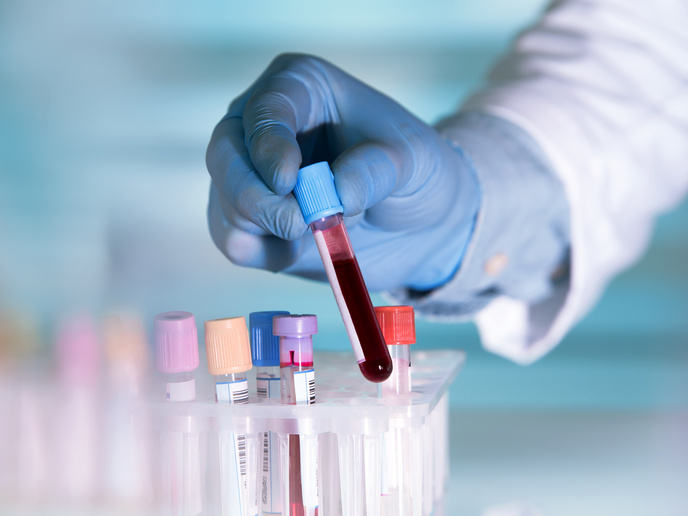Using the fruit fly to model cancer
One of the hallmarks of cancer development is uncontrolled cell proliferation. Various signalling pathways (Wnt, Notch, Ras, Hippo, PI3K and JAK/STAT) have been linked with cancer onset and progression, but the full potential of signalling molecules as therapeutic targets has yet to be explored. In this context, the EU-funded project 'Developmental molecular pathways in Drosophila as a model for human cancer' (CANCERPATHWAYS) brought together leading scientific experts in the field to produce fundamental advances in our understanding of cancer biology. The consortium used the fruit fly Drosophila melanogaster, which represents a powerful model system for studying oncogenic pathways. To study the functional outcome of individual genes in cancer development and identify novel targets of oncogenic signalling pathways, the scientists generated genome-wide RNA interference (RNAi) reagents targeting nearly every gene in the Drosophila genome. For the design and evaluation of these genome-wide reagents, the software algorithm NEXT-RNAi(opens in new window) was developed. Based on this in vitro RNAi library, transgenic Drosophila in vivo RNAi lines were created for nearly 12 000 genes and were made publically available through the Vienna Drosophila RNAi Center (VDRC). The CANCERPATHWAYS consortium developed novel bioassays for the screening of genome-wide RNAi and small molecule compound libraries and for assessing their impact on cell fitness and specific pathway activities. Large-scale RNAi screening led to the identification of novel therapeutic target genes. High-throughput compound screens resulted in the identification of novel candidate molecules that interfered with the activity of oncogenic signalling pathways. Phenotypic screening of cell lines was also performed by image-based techniques, which enabled the simultaneous analysis of multiparametric features. Analysis software developed in the project was made available as Bioconductor/R packages. Experimental work led for instance to the identification of novel mechanisms that control Notch signalling as well as transcriptional targets of the Drosophila JAK/STAT pathway as effectors of haematopoietic tumour formation. Collectively, the work conducted by CANCERPATHWAYS proved that Drosophila constitutes a valid model for rapid, high-throughput anti-cancer drug screening and target discovery. The powerful tools led to the identification of multiple novel key factors involved in cancer development that would not have otherwise been identified by traditional 'top down' approaches. The brochure is available here(opens in new window).







